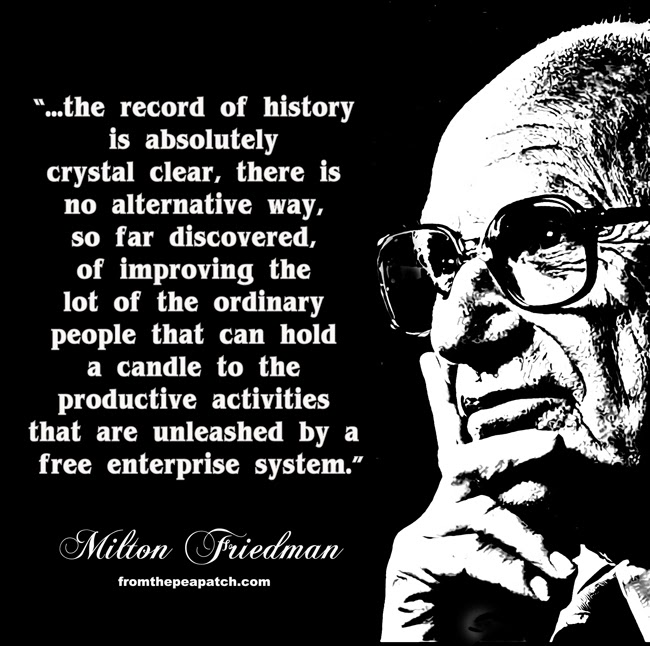Monday, November 24, 2014 11:53:32 AM
The result is that the installation of solar panels is now competitive with fossil fuels and utility rates without subsidies in many areas and becoming increasingly so.
Can you cite specific areas/locations. If so, is the so-called competitive rates due to regs and taxes levied on conventional sources which drives up cost?
Or did the regs and taxes get reduced, along with the subsidies?
Thanks
This was released AFTER your post earlier today. A good debate is always thought provoking.
How much does solar cost?
According to Los Angeles-based green energy supporter Robert Hunziker, the cost of solar-generated electricity is now “on a Levelised Cost of Energy (LCOE) competitive basis with conventional energy.” Likewise, Vivek Wadhwa, the director of research at the Center for Entrepreneurship and Research Commercialization at Duke, declares that “by 2020, solar energy will be price-competitive with energy generated from fossil fuels on an unsubsidized basis in most parts of the world.”
Contrasting those unsupported assertions with actual data from EIA, the levelized cost of newly built commercial-scale solar energy will be $144 per megawatthour by 2018. This is 2.2 times more than the $66 cost of electricity from new natural gas capacity, and 44% more than the $100 cost of new coal capacity.
Moreover, rooftop solar systems, which comprise most of the solar capacity in the U.S., are more costly than utility-scale solar systems. To quote the National Renewable Energy Laboratory, “rooftop PV [photovoltaic solar] is expensive compared to large-scale, ground-mounted systems.” This is mostly because larger systems benefit from economies of scale.
Furthermore, when calculating levelized costs, EIA uses certain assumptions that have the effect of skewing the results in favor of solar. For example, EIA’s cost figures:
*are computed by assuming that all types of generation capacity have a 30-year financial life. However, solar panels have an expected life of 20-30 years, while nuclear, coal, hydropower, and natural gas power plants commonly last for 60 years or more.
*do not account for the fact that electricity generated by wind and solar is generally less valuable than electricity from fossil fuels.
This is because wind turbines only spin when the wind is blowing, and solar panels only produce when the sun is shining. Such discontinuous sources of capacity must be backed up by technologies that can produce a steady stream of power, like fossil fuels and nuclear. These added expenses are not reflected in EIA’s levelized costs.
In sum, even under these solar-friendly estimates and numerous regulations and taxes imposed upon fossil fuels, the costs of utility-scale solar are far higher than that of natural gas and coal. The situation is even worse for rooftop solar, the most common source of solar.
http://www.justfactsdaily.com/is-solar-energy-cost-competitive

FEATURED Element79 Gold Corp. Appoints Kevin Arias as Advisor to the Board of Directors, Strengthening Strategic Leadership • Sep 18, 2024 10:29 AM
Mawson Finland Limited Further Expands the Known Mineralized Zones at Rajapalot: Palokas step-out drills 7 metres @ 9.1 g/t gold & 706 ppm cobalt • MFL • Sep 17, 2024 9:02 AM
PickleJar Announces Integration With OptCulture to Deliver Holistic Fan Experiences at Venue Point of Sale • PKLE • Sep 17, 2024 8:00 AM
North Bay Resources Announces Mt. Vernon Gold Mine Bulk Sample, Sierra County, California • NBRI • Sep 11, 2024 9:15 AM
One World Products Issues Shareholder Update Letter • OWPC • Sep 11, 2024 7:27 AM
Kona Gold Beverage Inc. Reports $1.225 Million in Revenue and $133,000 Net Profit for the Quarter • KGKG • Sep 10, 2024 1:30 PM







